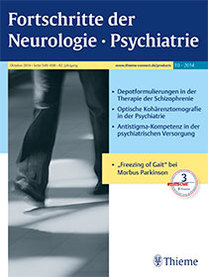<< back
The most prominent morphological hallmarks of an AD brain are neurofibrillary tangles and neuritic or diffuse plaques. Tangles accumulate inside neurons and consist of hyperphosphorylated tau protein whereas extracellularly located plaques are mainly composed of amyloid-beta (Abeta). Abeta is considered to trigger hyperphosphorylation of tau and dementia in Alzheimer’s disease. With advancing pathology neurons are destroyed by the aggregating proteins. Since dead neurons are hardly regenerated, it is very important to diagnose AD as early as possible. Therefore, we started a project to identify blood biomarkers and to establish diagnostic assays that would allow assessing one’s individual risk to develop AD.
Even if an early diagnosis is possible, it is still necessary to find a treatment strategy that stops disease progression or even prevents its onset. We already showed that the action of specific proteins (ABC transporters) at the blood-brain barrier has a tremendous influence on the accumulation of Abeta in the brain. We also identified plant extracts and a synthetic drug that increase the activity of these transporters. We currently apply for funding for clinical testing of these new options for the patients.
* Project Links:
Read more … JPND NeuroGem
Read more … DFG ABC-LRP1 project
Read more … NFR FRIMEDBIO project
Read more … JPND PROP-AD project
Read more … TARIMAD EEA project
Read more … JPND PETABC project
* Published Research Papers (selection):
-
Time- and sex-dependent effects of fingolimod treatment in a mouse model of Alzheimer’s disease
Biomolecules (2023)
Bascuñana P, Brackhan M, Möhle L, Wu J, Brüning T, Eiriz I, Jansone B, Pahnke J
13(2):331 PubMed PDF
Open Data Access
-
Physicochemistry shapes bioactivity landscape of pan-ABC transporter modulators: Anchor point for innovative Alzheimer’s disease therapeutics
Int J of Biological Macromolecules (2022)
Namasivayam V, Stefan K, Gorecki L, Korabecny J, Soukup O, Jansson PJ, Pahnke J, Stefan SM
217:775-791 PubMed PDF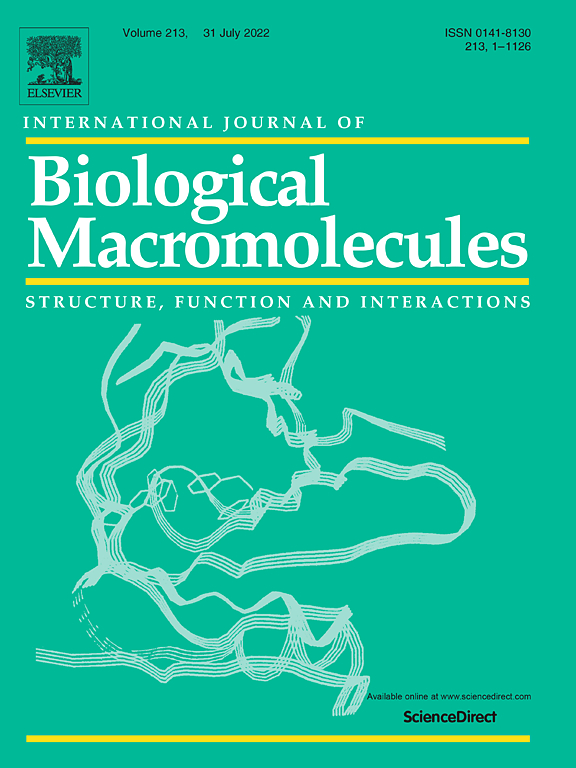
-
Isotope-labeled amyloid-β does not transmit to the brain in a prion-like manner after peripheral administration
EMBO reports (2022)
Brackhan M, Calza G, Lundgren K, Bascuñana P, Brüning T, Soliymani R, Kumar R, Abelein A, Baumann M, Lalowski M, and Pahnke J
23(7):e54405 PubMed PDF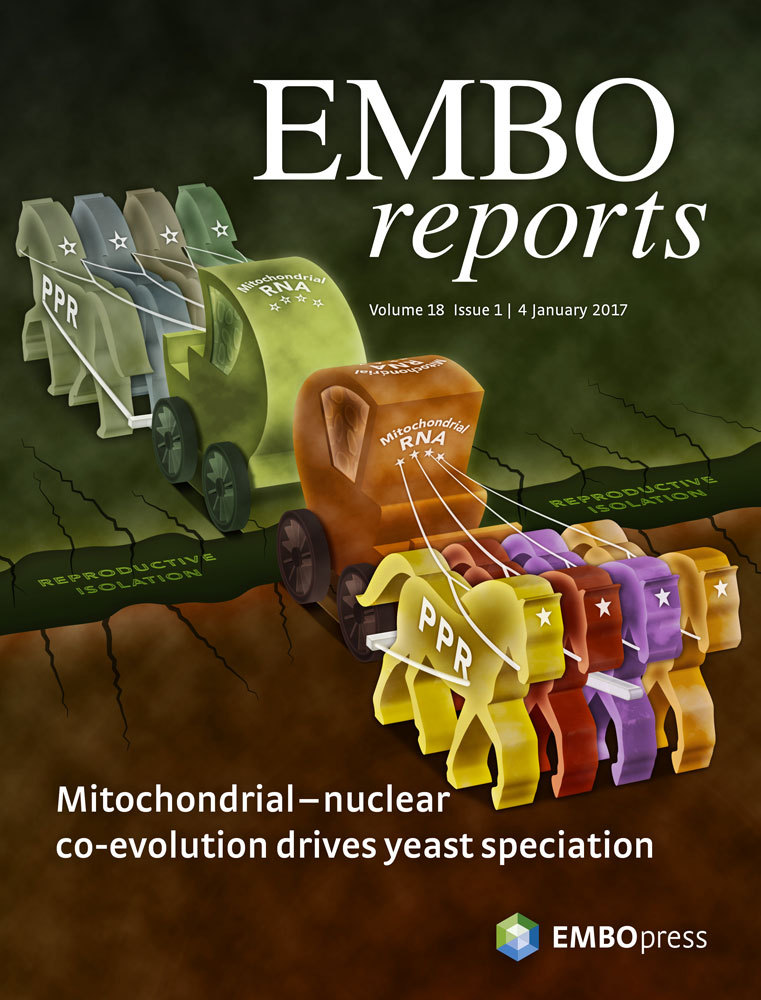
-
Screening of Alzheimer’s disease with multiwavelength Stokes polarimetry in a mouse model
IEEE Transactions on Medical Imaging (2022)
Borovkova M, Sieryi O, Lopushenko I, Kartashkina I, Pahnke J, Bykov A, Meglinski I
41(4):977-982 PubMed PDF
-
Strategies to Gain Novel Alzheimer’s Disease Diagnostics and Therapeutics Using Modulators of ABCA Transporters
Free Neuropathology (2021)
Pahnke J, Bascunana P, Brackhan M, Stefan K, Namasivayam V, Koldamova R, Wu J, Möhle L, Stefan SM
2:33 PubMed PDF HTML
-
Binding mode analysis of ABCA7 for the prediction of novel Alzheimer’s disease therapeutics
Comp Struct Biotechnol J (2021)
Namasivayam V, Stefan K, Pahnke J#, Stefan SM#
19:6490-6504 PubMed PDF
-
A new tool for the analysis of the effect of intracerebrally injected anti-amyloid-β compounds
Journal Alzheimer’s Dis (2021)
Upīte J*, Brüning T*, Möhle L, Brackhan M, Bascuñana P, Jansone B, Pahnke J
84(4):1677-1690 PubMed PDF
OSF project page
-
Dimethyl fumarate does not mitigate cognitive decline and β-amyloidosis in female APPPS1 mice
Brain Res (2021)
Möhle L, Brackhan M, Bascuñana P, Pahnke J
1768:147579 PubMed PDF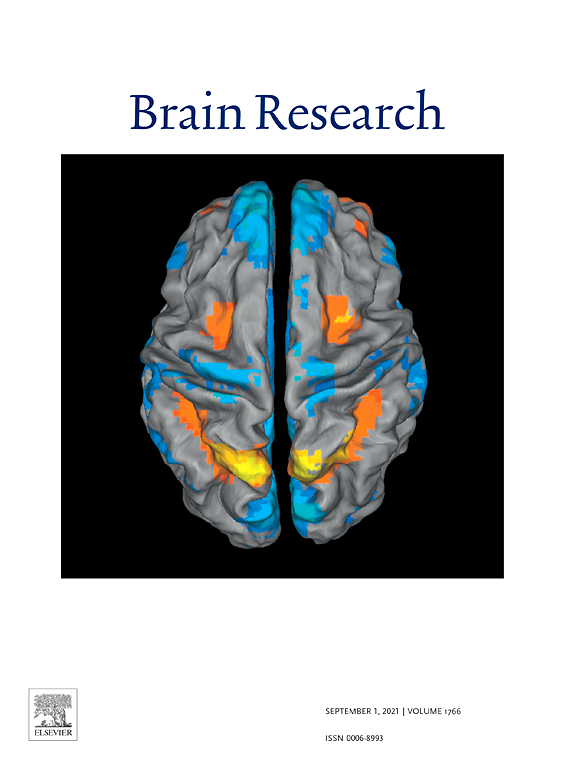
-
Machine Learning – supported analyses improve quantitative histological assessments of β-amyloid deposits and activated microglia
Journal of Alzheimer’s Disease (2021)
Bascuñana P, Brackhan M, Pahnke J
79(2):597-605 PubMed PDF
-
Detection and prediction of mild cognitive impairment in Alzheimer’s disease mice
Journal of Alzheimer’s Disease (2020)
Rai SP, Bascuñana P, Brackhan M, Krohn M, Möhle L, Paarmann K, Pahnke J
77(3):1209-1221 PubMed PDF+Suppl
Data-download
-
Evaluating β-amyloidosis Progression in Alzheimer’s Disease with Mueller Polarimetry
Biomedical Optics Express (2020)
Borovkova M, Bykov A, Popov A, Pierangelo A, Novikova T, Pahnke J, Meglinski I
11(8):4509-4519 PDF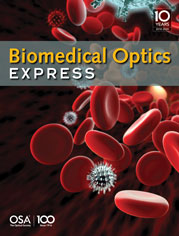
-
Fingolimod as a treatment in neurologic disorders beyond multiple sclerosis
Drugs in R&D (2020)
Bascuñana P, Möhle L, Brackhan M, Pahnke J
20(3):197-20 PubMed PDF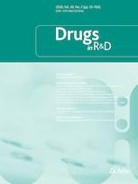
-
Early cognitive training rescues remote spatial memory but reduces cognitive flexibility in Alzheimer’s disease mice
Journal of Alzheimer’s disease (2020)
Rai SP, Krohn M, Pahnke J
75(4):1301-1317 PubMed PDF+Suppl
Data-download
-
The use of Stokes-Mueller polarimetry for assessment of amyloid-β progression in a mouse model of Alzheimer’s disease
SPIE (2020)
Borovkova M, Bykov A, Popov A, Pierangelo A, Novikova T, Pahnke J, Meglinski I
11234 PDF
-
Generation and characterization of an Abcc1 humanized mouse model (hABCC1flx/flx) with knockout capability
Mol Pharmacology (2019)
Krohn M, Zoufal V, Mairinger S, Wanek T, Paarmann K, Brüning T, Eiriz I, Brackhan M, Langer O, Pahnke J
96(2):138-147 PubMed PDF
-
French maritime pine bark treatment decelerates plaque development and improves spatial memory in Alzheimer’s disease mice
Phytomedicine (2019)
Paarmann K*, Prakash SR*, Krohn M, Möhle L, Brackhan M, Brüning T, Eiriz I, Pahnke J
57:39-48 PubMed PDF
-
Short-term effects of microglia-specific mitochondrial dysfunction on amyloidosis in transgenic models of Alzheimer’s disease
Journal of Alzheimer’s Disease (2018)
Steffen J, Stenzel J, Ibrahim S, Pahnke J
65(2):465-474 PubMed PDF
-
Structural studies of amyloid-β peptides: unlocking the mechanism of aggregation and the associated toxicity
Biochimie (2017)
Aleksis R, Oleskovs F, Jaudzems K, Pahnke J, Biverstål H
140:176-192 PubMed PDF
-
Expression of endogenous mouse APP modulates amyloid deposition in hAPP-transgenic mice
Acta Neuropathologica Com (2017)
Steffen J, Krohn M, Schwitlick C, Brüning T, Paarmann K, Pietrzik CU, Biverstål H, Jansone B, Langer O, Pahnke J
5:49 PubMed PDF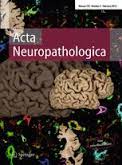
-
Revisiting rodent models: Octodon degus as Alzheimer’s disease model?
Acta Neuropathologica Com (2016)
Steffen J, Krohn M, Paarmann K, Schwitlick C, Brüning T, Marreiros R, Müller-Schiffmann A, Korth C, Braun K, Pahnke J
4(1):91 PubMed PDF
-
Accumulation of murine β-amyloid mimics early Alzheimer’s disease.
Brain (2015)
Krohn M, Bracke A, Avchalumov Y, Schumacher T, Hofrichter J, Paarmann K, Fröhlich C, Lange C, Brüning T, von Bohlen und Halbach O, Pahnke J
Aug 138(Pt 8):2370-82. PubMed
-
Alzheimer’s and ABC transporters – new opportunities for diagnostics and treatment.
Neurobiol Dis (2014)
Pahnke J, Langer O, Krohn M
Dec 72 (2014) 54–60. PubMed
-
Alzheimer’s disease and blood-brain barrier function – Why have anti-beta-amyloid therapies failed to prevent dementia progression?
Neurosci Biobehav Rev (2009)
Pahnke J, Walker L, Scheffler K, Krohn M
Jul 33(7): 1099-1108. PubMed PDF
-
Die Funktion der Blut-Hirn-Schranke für die Pathogenese der Alzheimer Demenz – Implikationen für immunologische Therapien zur Plaqueauflösung.
Fortschr Neurol Psyc (2009)
Pahnke J, Krohn M, Scheffler K
Aug 77: S21-24. PubMed